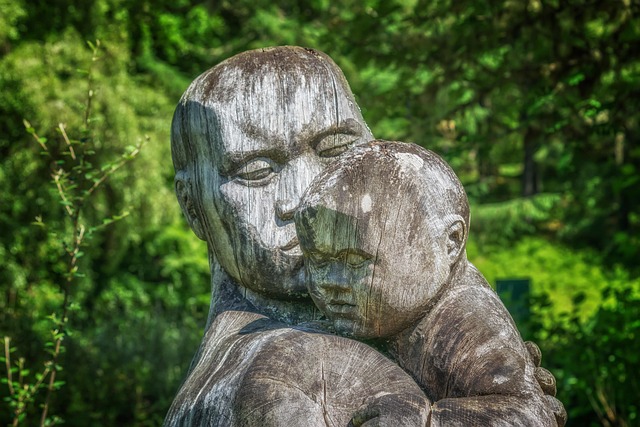Carving, an ancient art form, is not just about shaping materials; it is a deep exploration of emotion, culture, and the fine strands that connect humanity. Within the realm of sculpture, carving stands out as a discipline that melds technique with personal expression, inviting both artists and viewers into a dialogue of form and meaning. Each stroke of the chisel against the stone or wood signifies a moment where the artist’s vision interacts with the raw material, breathing life into inanimate matter.
The process of carving demands patience and precision, mirroring the intricacies of life itself. As the sculptor carves away layers, they reveal the essence hidden within the medium, much like how individuals peel back their own layers to express their truth. This intimate relationship between the artist and their material brings forth a unique cultural narrative, transcending time and geography. Every piece of carved sculpture holds within it the whispers of the culture from which it emerges, reflecting societal values, historical events, and collective memories.
In the realm of fine arts, carving can often be seen as a representation of the artist’s identity. Whether using traditional techniques passed down through generations or embracing modern innovations, the act of carving allows artists to convey their perspectives on contemporary issues. The tactile experience of shaping materials connects them to the past while also pushing the boundaries of what sculpture means today. It encourages a deeper appreciation for craftsmanship, often overlooked in our digital age.
Across different cultures, carving serves as a pivotal means of storytelling. From the intricate wooden totems of Indigenous peoples to the majestic stone structures of ancient civilizations, each carved piece tells a tale of its own. This cultural significance often lies in the meticulous details that the artist incorporates—each curve and contour designed to provoke thought, evoke emotion, or inspire reverence. The symbolism embedded within carvings can be profound, making them vital to understanding the values and beliefs of various societies.
As we delve into the world of sculpture, we notice that every carved figure or ornament serves as a bridge—linking the viewer to the artist’s inner thoughts while simultaneously connecting to the broader human experience. It’s a gentle reminder of our shared histories and the universal themes that unite us. In this exploration, we find the capacity of carving not only to shape materials but also to shape narratives, positions, and ideas that resonate across generations.
In a world increasingly inundated by the virtual and mechanical, the craft of carving stands firm as a testament to the power of human creativity. It whispers of dedication, cultural pride, and the timeless quest for expression—one chisel mark at a time. Whether you are an artist, a student, or an admirer of the fine arts, engaging with carving allows you to witness the transformative journey from solid material to expressive sculpture, encouraging reflection on both art and culture.



